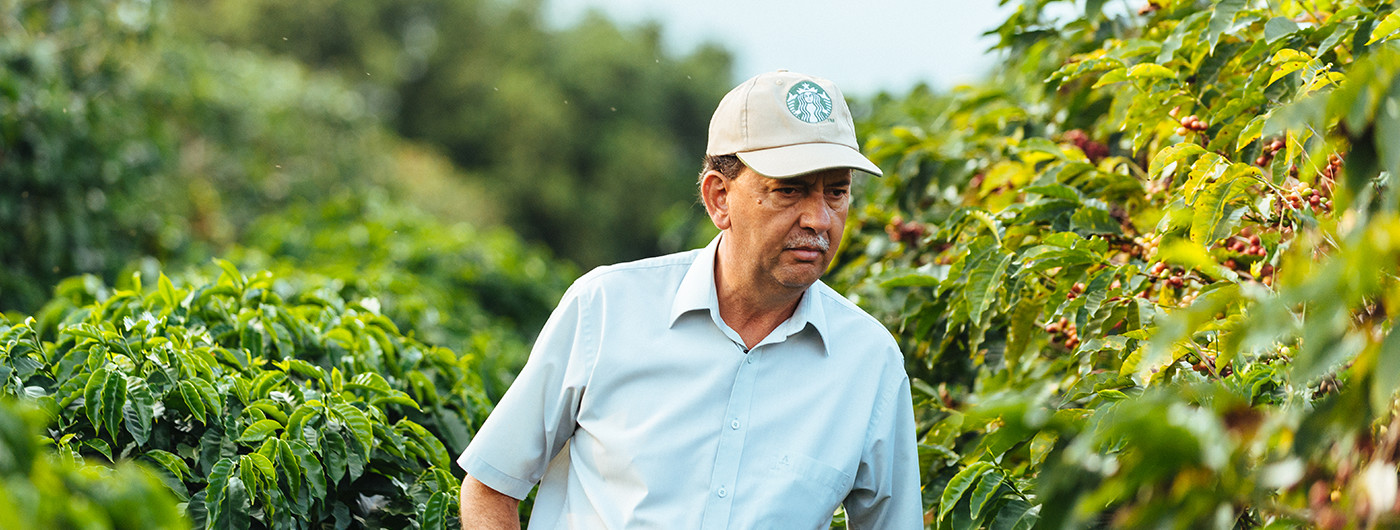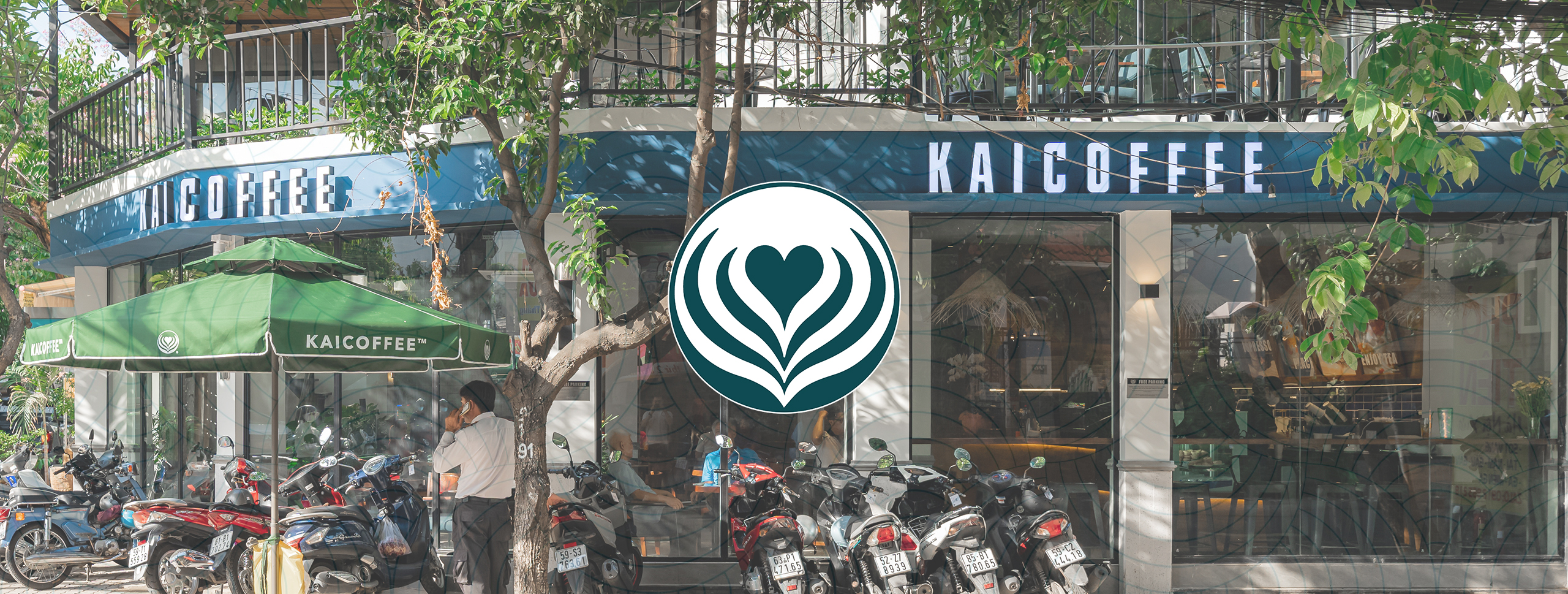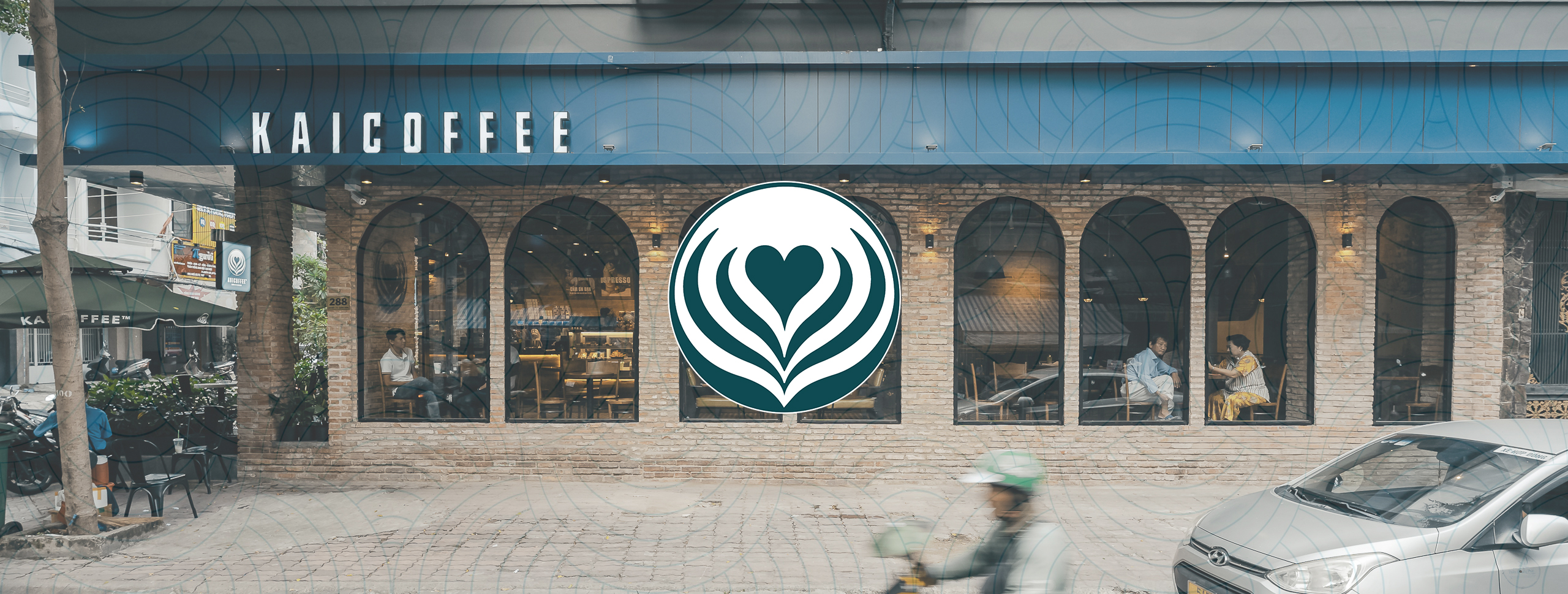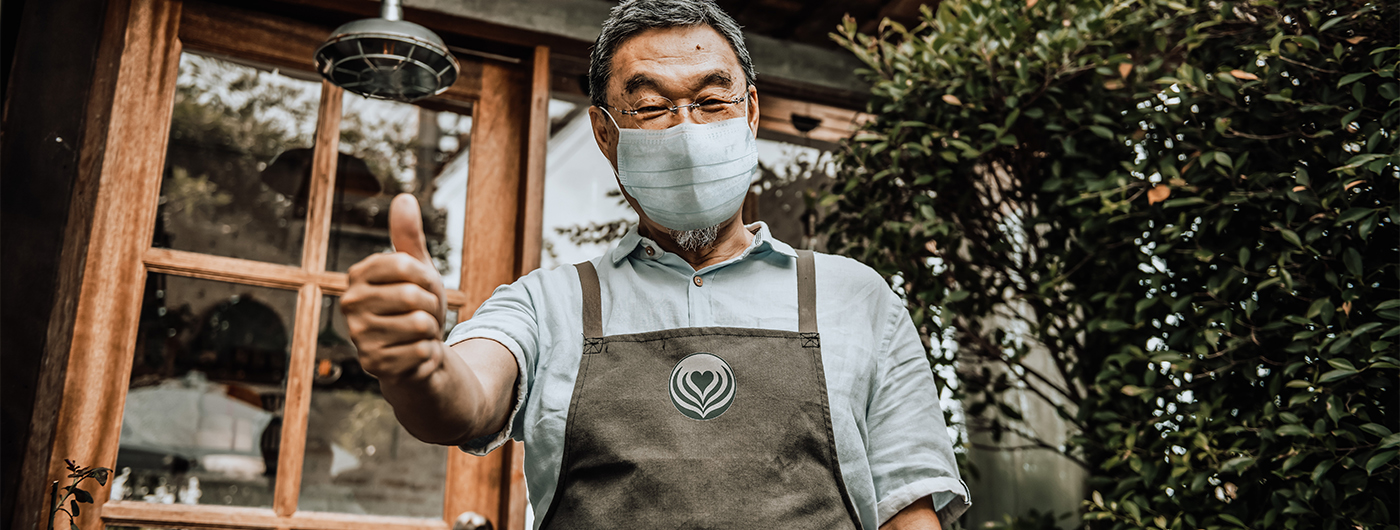

The Next Generation of Coffee Trees
In 2013, Starbucks made a big move—buying its first-ever coffee farm in Costa Rica. Since then, the 240-hectare farm, Hacienda Alsacia, has been in pursuit of a big mission: ensuring the future of coffee.
Developing disease-resistant, quality coffee trees continues to be one of the farm’s chief objectives. 10 hectares, the equivalent of nearly 25 acres, are dedicated specifically to research. This spring and summer, thousands of farmers in Guatemala will benefit from that research. They’re receiving new coffee tree varietals, created at Hacienda Alsacia.
“I think it’s very important for customers to know how difficult it is to produce high-quality coffee. The level of complexity and also the amount of effort and investment that we as a company are doing in order to produce high-quality coffee and to sustain the coffee sector in a healthy and good condition in the [midterm] and longterm,” said Carlos Mario Rodriguez, Starbucks director of Global Agronomy.
How new coffee varietals are created
A coffee varietal is a specific subspecies of coffee. Each variety possesses unique qualities when it comes to flavor, size, color, productivity and resistance to diseases. Within the arabica coffee species alone, there are hundreds of varietals.
When Rodriguez and his team develop new hybrid varieties, their benchmarks are high productivity, excellent cup quality and resistance to diseases. They utilize traditional methods to create new hybrids.

“[You] choose a specific plant to use as a model, normally the one that has better structure, good productivity, and you just use pollen from the father plant. You just physically do the pollination, and then you get the first generation,” Rodriguez said. “Then you have to harvest the seeds from that particular plant, the new hybrid, and you have to start doing the selection in order to get a stable, a new coffee variety.”
Creating a new hybrid can take between six and eight years, plus a great deal of persistence. They began testing around 65 hybrids, narrowed it down to 25, then selected about a dozen of the best, rust-resistant varieties.
With threats like coffee leaf rust, a fungus that decimates trees, their work has become even more critical.
“Coffee leaf rust has a very high capability to develop new strains. So, we need to move fast in order to give alternatives to the farmers,” Rodriguez said.

Sharing our knowledge
In early June, Starbucks began donating three new rust-resistant coffee varieties, developed at Hacienda Alsacia. In collaboration with our suppliers and Anacafé, Starbucks will provide 2 million of these tree seedlings to farmers in Guatemala, which has been significantly impacted by coffee leaf rust. Starbucks recently announced it will help make sure 100 million healthy coffee trees get into the hands of coffee farmers that need them by 2025.
To date, this marks the biggest distribution of trees developed at our farm. It’s a continuation of our open-source approach to agronomy—sharing our research with the industry and farmers, regardless of whether they sell coffee to us.



